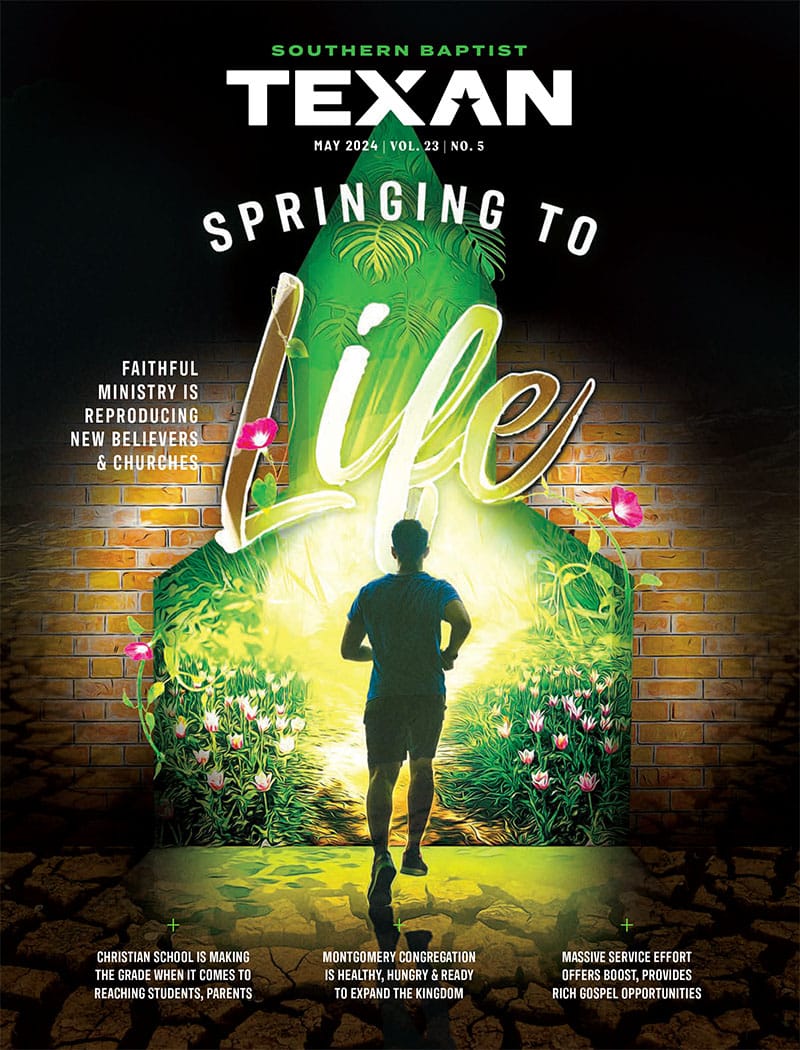NASHVILLE, Tenn. When 9-year-old Zac McCullar presented a motion at the 2018 Southern Baptist Convention (SBC) Annual Meeting to add Children’s Ministry Day to the denominational calendar, he likely never imagined how children’s ministry would look just two years later.
Despite a pandemic with social distancing rules and modified activities, Children’s Ministry Day—which falls on July 19 this year—should still be observed and celebrated in our churches, said Jana Magruder, director of LifeWay Kids.
Maybe, even more so than ever.
“Everyone has in some way been affected by COVID-19,” said Magruder. “Children and families have been uniquely impacted because everything about day-to-day life—school, work, time with friends, and church has changed, and one person’s changes in the household affect everyone else. This, alone, is a reminder of why children’s ministry is critical to the church—and to the families in our congregations.”
Children’s Ministry Sunday is a day set aside by the SBC to express gratitude to God for the ministry churches provide to kids and their families. It’s also a day to recognize children’s ministry volunteers.
“Even before the pandemic, no church could do children’s ministry well without the diligence and dedication of volunteers,” said Magruder. “And over these past few months, children’s ministry volunteers everywhere have been heroes in our congregations. Countless modifications have been made to every aspect of the way they serve kids. They certainly deserve extra accolades this year.”
Whether churches are meeting online, gathering in homes in smaller groups for family worship, or offering children’s classes again, LifeWay Kids has created free resources to help churches facilitate recognition of this day on the SBC calendar. The resources include a sermon outline, children’s object lesson, teacher appreciation ideas, and “share squares” to help churches and leaders observe Children’s Ministry Day on their social media accounts.
LifeWay offers several suggestions for using the resources to observe Children’s Ministry Day:
- Enlist a child, volunteer, or parent(s) to share a testimony in the worship service.
- Include kids in opportunities to serve in church such as reading Scripture, praying, etc.
- Lead a parenting class using the resource “Settle for Nothing Less” (virtually or in person).
- Recognize events that have taken place during the summer such as VBS and camp. Share with the church how these events fit into the overall strategy of your children’s ministry to share the gospel with kids.
- Share a video highlighting the different parts of kids ministry.
- Take to social media to highlight how the children’s ministry has served and ministered to families during the time of quarantine, possibly inviting a family or teacher to share a personal story by video or in person.
- Share how kids, their families, and teachers ministered to others in the church and community during the last few months of quarantine.
- Remind parents of ways the children’s ministry continues to provide resources and curriculum for their children (in person or digitally).
- Use the provided object lesson and sermon outline in church services.
“This is a critical time to remind children, families and volunteers of their value—not just in the local church but as God’s image-bearers,” said Magruder. “I encourage every church to not only do the recognition on Children’s Ministry Sunday, but to continue year-round the work of the gospel in a spirit of gratitude for His grace and for one another.”
To access LifeWay’s free Children’s Ministry Day Resources, visit LifeWay.com/ChildrensMinistryDay.










